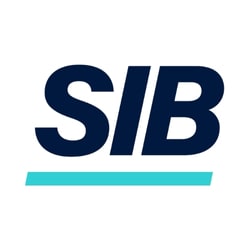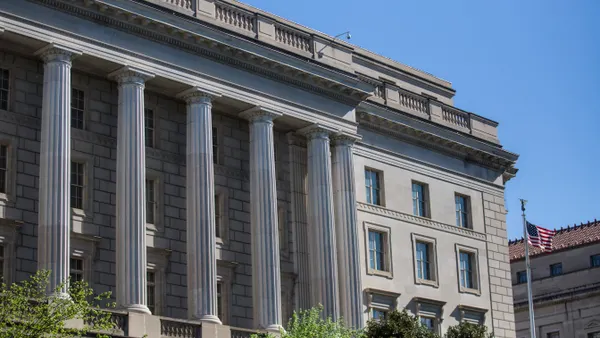Companies taking advantage of the payroll tax deferral included in the stimulus law to save cash can expect a liquidity hit once the deferral ends, Moody’s Investors Service analysts say.
The Coronavirus Aid, Relief and Economic Security (CARES) Act includes a provision allowing companies to defer paying their share of employees’ Social Security tax (6.2% of total employee payroll) from March 27 through the end of 2020.
The deferral amounts to an interest-free loan; companies don't have to pay the employer portion of the tax for up to two years. Half of the taxes are paid at the end of 2021, and the remaining half at the end of 2022.
For a large company, the deferral of 6.2% of payroll taxes will help but probably won't be significant, the analysts said. They estimated the impact on Delta Airlines. It could generate as much as $200 million in extra liquidity during the downturn. Although the savings is a lot, it pales compared to its $50 million in daily expenses.
"A deferral of 6.2% of payroll costs is relatively immaterial given the challenges a large company like Delta faces," analysts wrote in a statement sent to clients Wednesday.
For a smaller company, though, especially one in which payroll is the bulk of its costs, the deferral can help. "The additional operating cash flow can be beneficial," they said.
Inconvenient payback
Any benefit, though, must be weighed against the impact repayment will have when deferral ends.
Deferments will come due in 2021 and 2022, a time when "many companies may not yet be at full strength from the 2020 downturn, and will then have to pay 150% of their typical Social Security tax each year," they said.
If companies are in a rebuilding phase and need to invest their working capital to return to 2019 revenue levels, the analysts said, "the working capital outflow to pay for this deferral will be especially significant and put more pressure on company’s liquidity, even as outlooks are improving."
For CFOs, communicating the impact of this future liability will be important. "This deferral will be a future drag on liquidity," they said. "These amounts ... may very well be a material portion of a company's 2020 and 2021/2022 cash flow."
Tax credit has limited reach
The other tax benefit included in the stimulus law, a tax credit to encourage companies to retain employees who don't have work to do as a result of the slowdown, isn't expected to be as widely used as the payroll tax deferral but it provides a more valuable benefit.
Under the provision, companies can take a credit against 50% of their payroll tax payments for salary-related costs paid to each employee (up to a maximum $10,000) after March 2020.
As a credit, it doesn't generate any future liability, but few companies will be able to use it. First, at least some of the company's business must shut down, and second, revenues must drop by half compared to the comparable quarter last year.
These restrictions, the analysts said, limit the companies that will find the relief helpful. "Due to the narrow scope of employees that are being paid but left idle during the pandemic, we generally do not expect a material benefit to any one issuer," they said.
Loan forgiveness invalidates benefits
There's another negative to using the benefits. If a company receives a loan under the business loan program that was also created in the stimulus law, it can't take either of those two tax benefits.
"Companies that have had loans forgiven under the Paycheck Protection Program are not eligible," the analysts said.
Under PPP, companies with fewer than 500 employees can get loans for up to 2.5 times their average monthly payroll costs, up to $10 million. If they use the funds for eligible expenses, including 75% of the funds for retaining or hiring their employees, the loan is forgiven.
Bottom line: Although the tax benefits can be helpful, both the deferral and the credit come with limitations, and they can both be forfeited by the amount of any loan forgiveness that’s granted under the small business loan program, PPP.



















